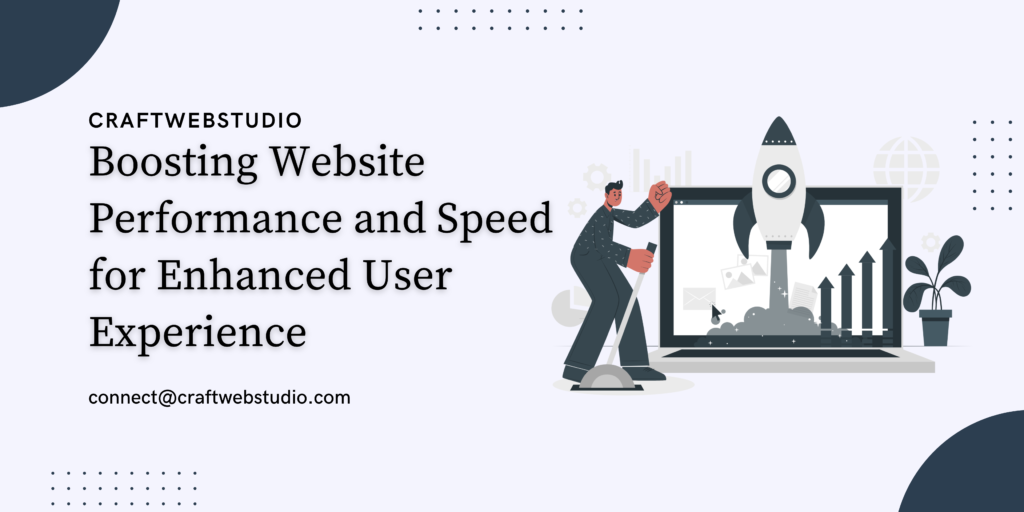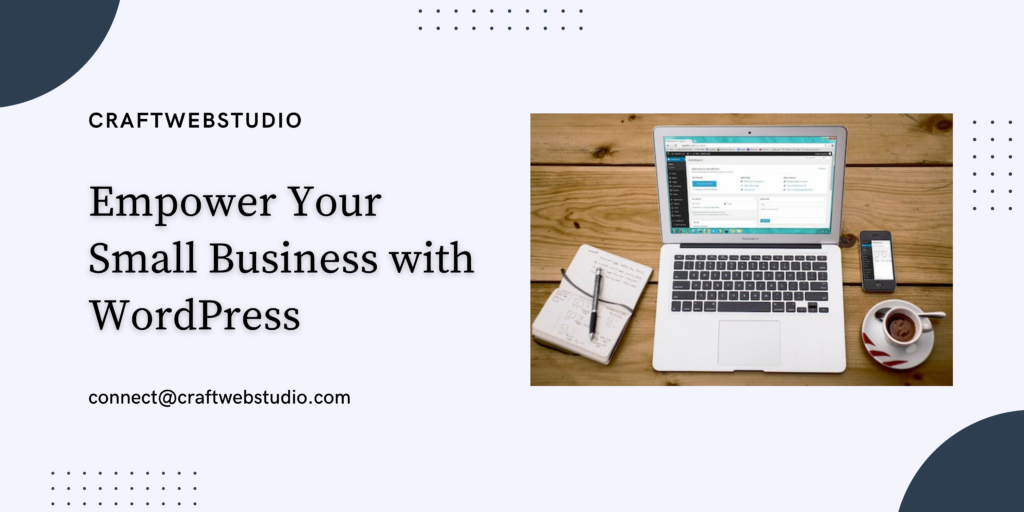WordPress theme development is an intricate process that demands meticulous attention to detail and a deep understanding of design principles and coding standards. While creating custom themes for WordPress can be a rewarding endeavor, it’s essential to steer clear of common pitfalls that can compromise the functionality, performance, and user experience of your themes.
In this comprehensive guide, we’ll delve into some of the most prevalent mistakes in WordPress theme development and offer actionable strategies to avoid them.
1. Neglecting Responsive Design
In the era of mobile browsing, responsive design is paramount. Ignoring the importance of responsiveness can lead to frustrating user experiences and hinder your website’s accessibility. Ensure that your WordPress themes adapt seamlessly to various screen sizes and devices, prioritizing fluid layouts, flexible images, and media queries to accommodate different viewport dimensions.
2. Overlooking Browser Compatibility
With the multitude of web browsers available, ensuring cross-browser compatibility is crucial. Failing to test your WordPress themes across different browsers can result in inconsistent rendering and functionality discrepancies. Utilize tools like BrowserStack or cross-browser testing services to identify and address compatibility issues, ensuring a consistent user experience across all platforms.
3. Succumbing to Bloated Code and Poor Performance
Bloated code can significantly impact your theme’s performance and loading times. Avoid incorporating unnecessary scripts, stylesheets, or plugins that contribute to code bloat. Optimize your theme’s assets by minifying CSS and JavaScript files, optimizing images, and implementing lazy loading techniques to improve page load speed and overall performance.
4. Ignoring SEO Optimization
An often-overlooked aspect of theme development is search engine optimization (SEO). Neglecting SEO best practices can hinder your website’s visibility and discoverability in search engine results. Prioritize SEO optimization by optimizing meta tags, integrating schema markup, creating SEO-friendly URLs, and ensuring fast page load times to enhance your theme’s search engine rankings.
5. Ignoring Security Considerations
Security vulnerabilities in WordPress themes can expose your website to malicious attacks and compromise sensitive data. Avoid using outdated or vulnerable plugins and themes, implement strong password policies, keep your themes and plugins updated, and utilize security plugins like Wordfence or Sucuri to fortify your website’s defenses against cyber threats.
6. Overlooking User Experience (UX) Design
User experience plays a pivotal role in the success of your WordPress theme. Neglecting UX design principles can result in confusing navigation, cluttered layouts, and subpar interactions that deter users from engaging with your website. Prioritize intuitive navigation, clear calls-to-action, logical content organization, and user-friendly interfaces to enhance the overall user experience of your theme.
7. Relying Too Heavily on Third-Party Dependencies
While third-party libraries and frameworks can expedite development, excessive reliance on external dependencies can introduce unnecessary complexity and maintenance overhead. Be cautious when incorporating third-party code into your WordPress themes, and thoroughly vet libraries for security vulnerabilities, performance implications, and long-term support before integration.
8. Neglecting Performance Optimization for Mobile Devices
In an increasingly mobile-centric world, optimizing your WordPress theme for mobile devices is imperative. Failing to prioritize mobile performance optimization can lead to slow loading times, layout inconsistencies, and usability issues on smartphones and tablets. Embrace mobile-first design principles, optimize images and assets for smaller screens, and leverage tools like Google’s Mobile-Friendly Test to ensure seamless user experiences across all devices.
Frequently Asked Questions
Below is some frequently asked question on wordpress theme development mistakes
Q1: How can I test the responsiveness of my WordPress themes?
Utilize browser developer tools or online responsive design testing tools to simulate various device sizes and ensure that your themes adapt appropriately to different screen resolutions.
Q2: What are some common performance optimization techniques for WordPress themes?
Optimize images, leverage browser caching, implement content delivery networks (CDNs), and reduce server response times to enhance your theme’s performance and loading speed.
Q3: How can I enhance the security of my WordPress themes?
Implement security best practices, use reputable themes and plugins, enforce strong password policies, regularly update software, and consider employing security plugins and monitoring services.
Q4: Why is user experience (UX) design important in WordPress theme development?
UX design influences user engagement, satisfaction, and retention. Intuitive navigation, clear layouts, and responsive interfaces contribute to positive user experiences and drive website usability and conversions.
Q5: What are some effective strategies for mobile optimization in WordPress themes?
Prioritize mobile-friendly design, optimize images and assets for smaller screens, implement responsive layouts, and leverage tools like Accelerated Mobile Pages (AMP) to enhance mobile performance and usability.
Conclusion
By avoiding these common mistakes and integrating best practices into your WordPress theme development workflow, you can create high-quality themes that deliver exceptional user experiences, adhere to industry standards, and drive engagement on your WordPress-powered websites.




